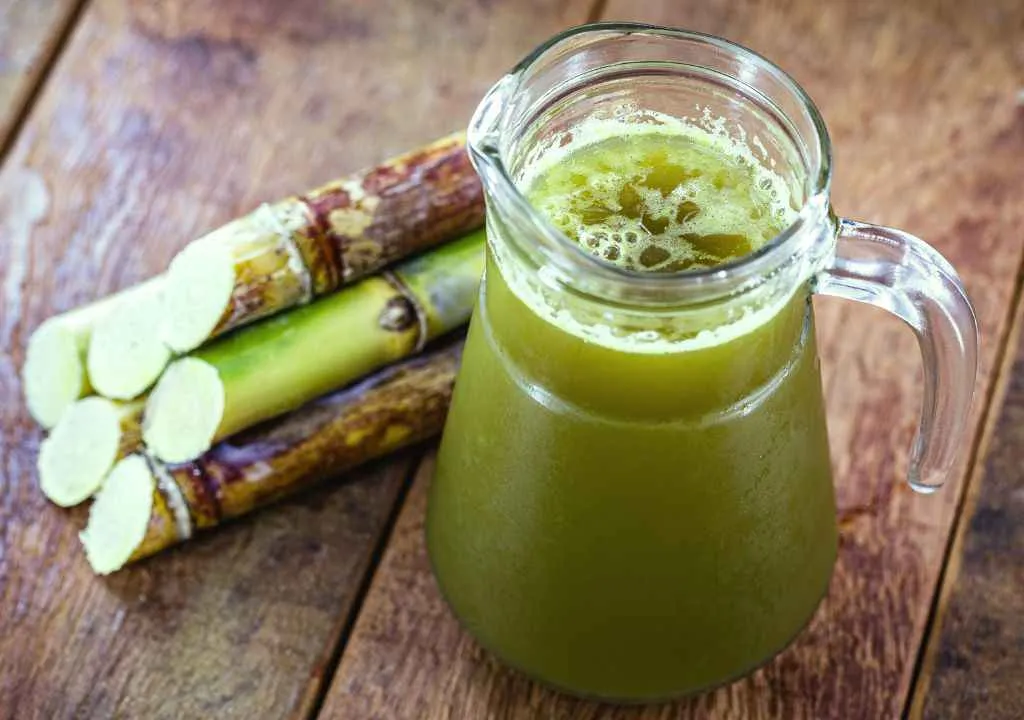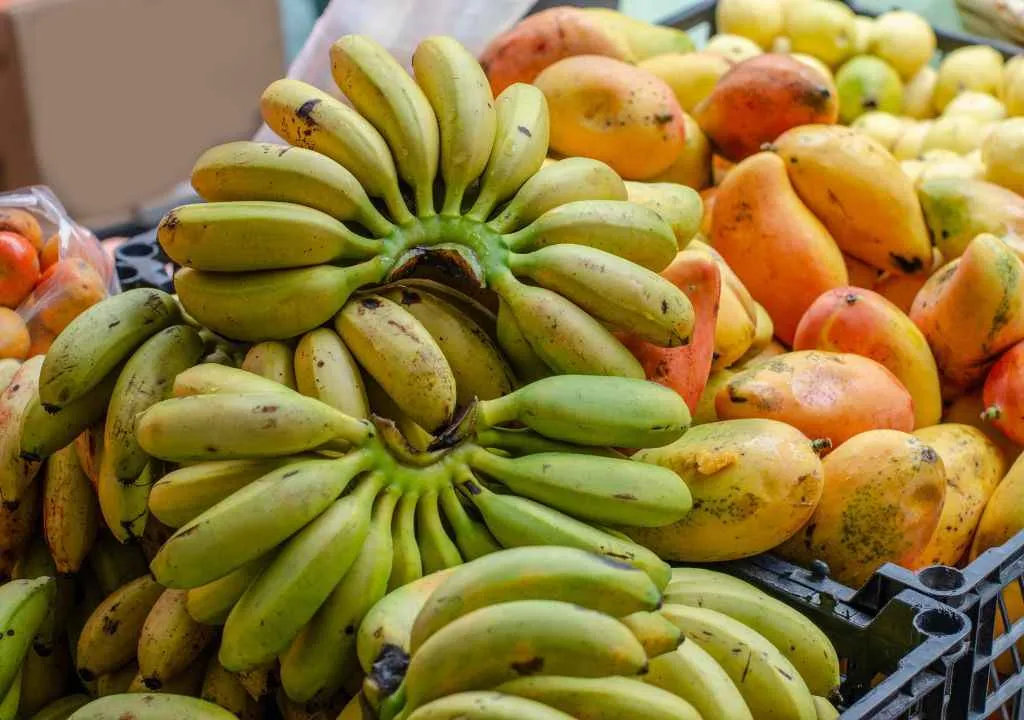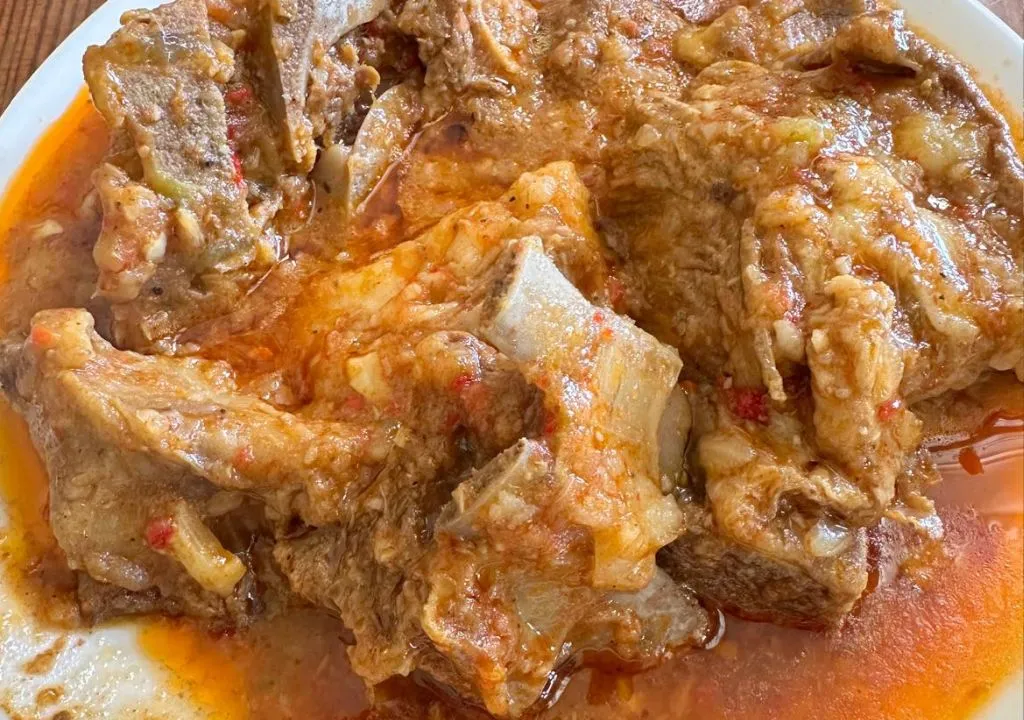The wheat stew from La Palma is one of the island’s most representative traditional dishes.
Born from the fusion of aboriginal, Portuguese, Castilian, and Moorish influences, it tells the story of a people who learned to make the most of their land.
In times of scarcity, it became a symbol of nourishment, flavor, and family unity.

A Dish with Canarian Soul
Wheat, the heart of this recipe, has long been one of the staple grains of Canarian cuisine.
Together with corn, potatoes, and local vegetables, it forms the foundation of La Palma’s gastronomy.
Traditionally, it’s slow-cooked with pork ribs or beef, though vegetarian versions highlight the natural flavor of the vegetables.
Key ingredients include cabbage, chickpeas, carrots, beans, sweet potato or potato, and corn cob.
The Secret Lies in the Wheat
Unlike other stews, the wheat is used whole and soaked overnight, giving it a unique texture and deep flavor that sets it apart from other Canarian dishes like puchero or rancho.
The result is a thick, hearty, and flavorful stew, best enjoyed with a piece of bread and a glass of local wine.
A Living Tradition
The wheat stew is more than just a recipe: it’s a culinary heritage passed down through generations.
In many homes across La Palma, it’s still prepared for family gatherings and village festivals, especially in winter.
This dish embodies the humble yet rich essence of Canarian cuisine, where every ingredient reflects respect for the land and love for tradition




